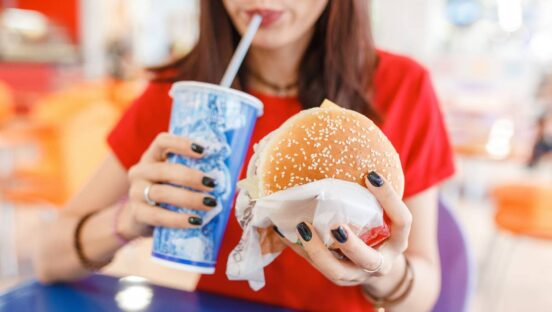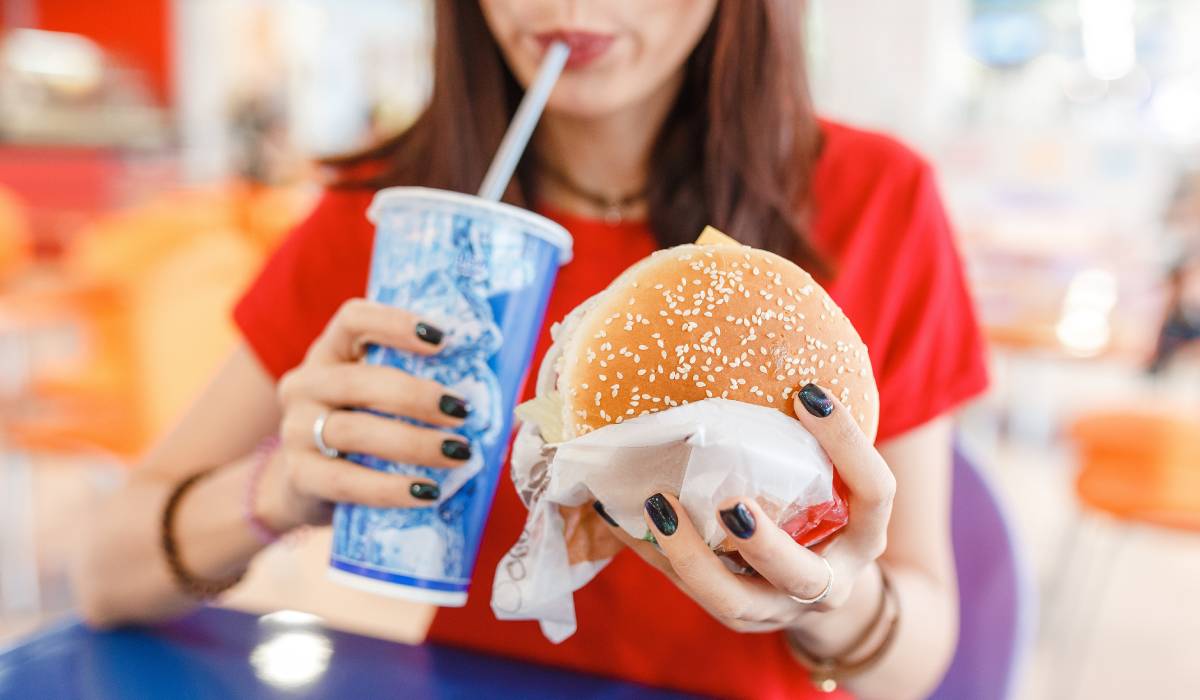Foodservices and drinking places earned $84.98 billion in May, according to the U.S. Census Bureau, just a 0.7 percent increase from April as consumers tighten their wallets and limit their dine-out frequency.
Sales were $84.42 billion in April and $82.39 billion in March. In May 2021, restaurants hauled in $72.34 billion.
Chip West, a retail and consumer behavior expert at marketing solutions company Vericast, attributed sluggish sales to consumers responding to rising menu price inflation and spiking gas prices. To his point, the food away from home index rose 7.4 percent year-over-year in May, the biggest 12-month increase since the period ending November 1981, according to the Bureau of Labor Statistics. Quick-service menu prices rose 7.3 percent while full-service prices increased 9 percent. Also, the average cost of gas reached $5 for the first time in recorded history, AAA said.
West predicted more consumers will start selecting casual-dining and quick-service occasions as opposed to fine-dining, instead of removing restaurant meals completely.
There is research that backs up his contention. Acosta, a global integrated sales and marketing services provider for the CPG industry, found 54 percent of customers are dining out less because of inflation. However, the report also discovered one-third of guests are deciding to trade down from pricer options.
“Higher end restaurants don’t like to offer coupons, but they do need to let their customers know what their value offer is in order to compete and to land in the consumers’ limited consideration set,” West said in a note.
With the economy cooling and a potential recession ahead, West feels there will be a decrease in brand loyalty, thereby giving restaurants an opportunity to attract new customers with better value offers and promotions.
For instance, Domino’s, which saw comps decline 3.6 percent in the first quarter, brought back its 50 percent off promotion to drive traffic.
“We haven’t done boost weeks in a couple of years, and boost weeks really is what drives new customers into Domino’s,” CEO Russell Weiner said during the pizza chain’s Q1 earnings call in late April. “And that’s where the magic happens with our loyalty program and all our digital and analytical capability.”
Wingstop plans to make a value play, too. The fast casual’s U.S. same-store sales rose just 1.2 percent in Q1, the smallest year-over-year growth it’s seen since the pandemic began. The chain believes it was driven by sustained inflation, the rollover of federal stimulus, and dining rooms being closed.
CEO Michael Skipworth said Wingstop is in a better position than most to provide value because it’s a year ahead in terms of feeling soaring inflation. Spot market bone-in wing prices rose to a record-breaking $3.22 per pound last year, but have since declined to $1.64 per pound. Earlier this year, the brand launched a bundle that features 20 boneless wings, four flavors, fries, and two dips for just $15.99. Without TV support, the meal drove transactions and mixed above 5 percent.
Brinker International CEO Wyman Roberts said in February that he believes Chili’s will benefit from consumers stepping down from higher-priced concepts. The casual chain recently announced a restructured “3 for Me” menu to account for inflation, but maintain its value proposition.
“If you just think about the amount of steak consumers have eaten during COVID, it’s kind of interesting,” Roberts said. “That’s usually a higher-priced item, it’s higher-check-average concepts. … We control what we control, and what we can control is our value propositions and the quality of our brands. We have one of the strongest value propositions in the industry and casual dining.”













